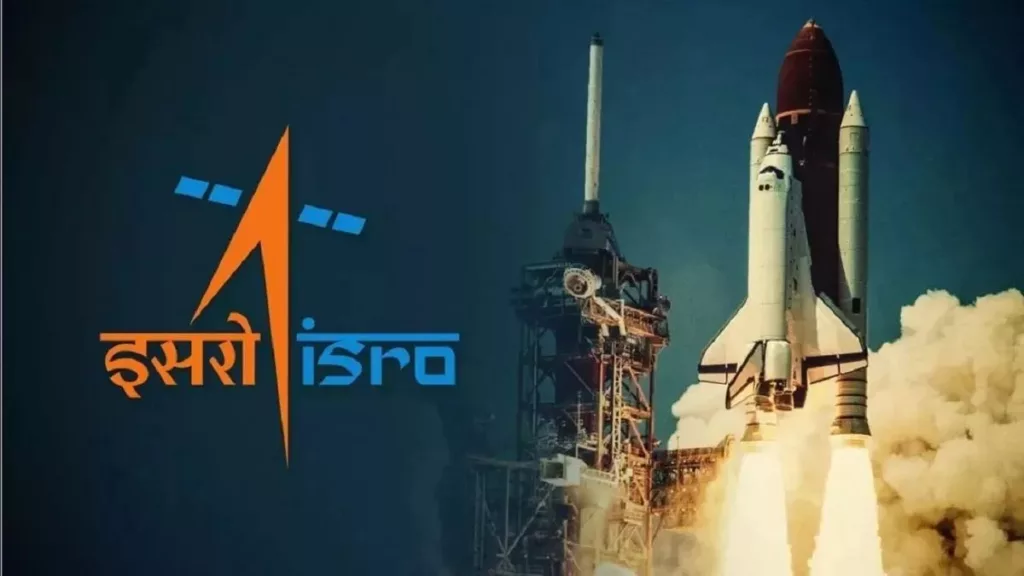2024 will see launch of ‘dedicated’ satellite by ISRO to study black holes

2024 will see launch of ‘dedicated’ satellite by ISRO to study black holes
The X-Ray Polarimeter Satellite (XPoSat), India’s first dedicated polarimetry mission, is scheduled to launch on Monday at 9:10 am from the Satish Dhawan Space Centre in Sriharikota.
As per further information from ISRO, Launching the XPOSAT satellite into an eastward low inclination orbit is the goal of ISRO’s PSLV-C58 mission. Following the injection of XPOSAT, the PS4 stage will undergo two restarts in order to reduce the orbit to a 350 km circular orbit, which will allow the Orbital Platform (OP) experiments to continue in the 3-axis stabilized mode. With the help of ISRO and IN-SPACe, the PSLV Orbital Experimental Module-3 (POEM-3) experiment will be carried out with the goal of delivering ten identified payloads.
What is XPoSat?
The first specifically designed scientific satellite from ISRO to conduct research in space-based polarization measurements of X-ray emission from celestial sources is called XPoSat (X-ray Polarimeter Satellite). Changes are made to the Satellite configuration using the IMS-2 bus platform. The IRS satellite legacy is the basis for the mainframe systems’ configuration. POLIX (Polarimeter Instrument in X-rays) and XSPECT (X-ray Spectroscopy and Timing) are its two payloads. Raman Research Institute is responsible for POLIX, while Space Astronomy Group of URSC is in charge of XSPECT.
The objectives of this mission are:
· To measure polarisation of X-rays in the energy band 8-30keV emanating from about 50 potential cosmic sources through Thomson Scattering by POLIX payload.
· To carry out long term spectral and temporal studies of cosmic X-ray sources in the energy band 0.8-15keV by XSPECT payload.
· To carry out polarisation and spectroscopic measurements of X-ray emissions from cosmic sources by POLIX and XSPECT payloads respectively in the common energy band.








